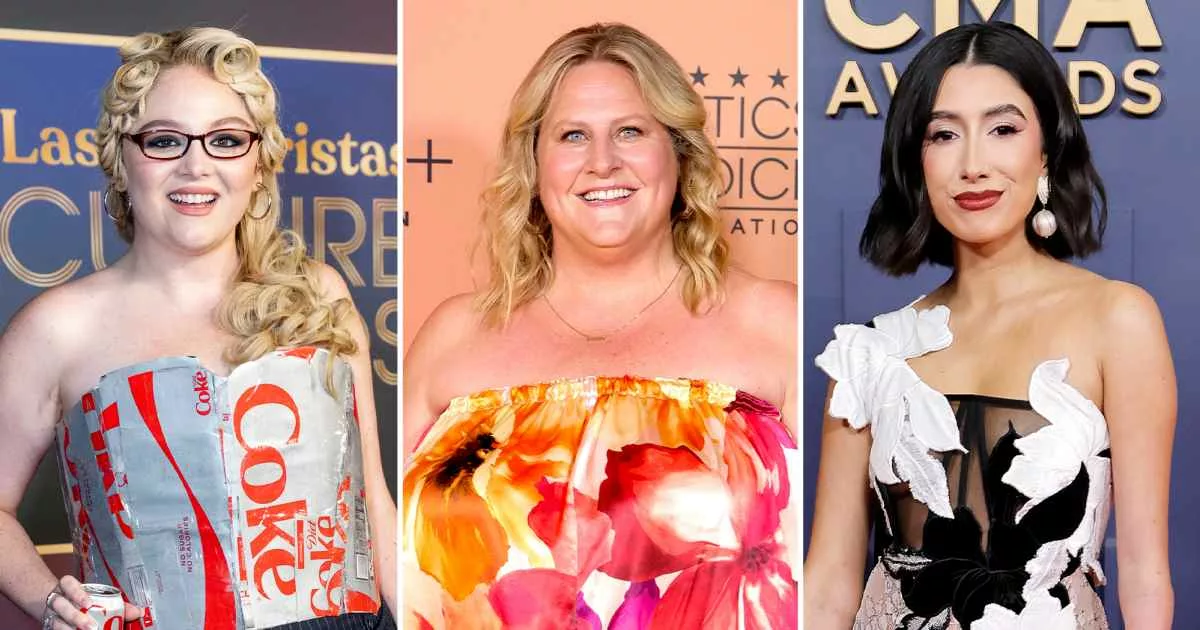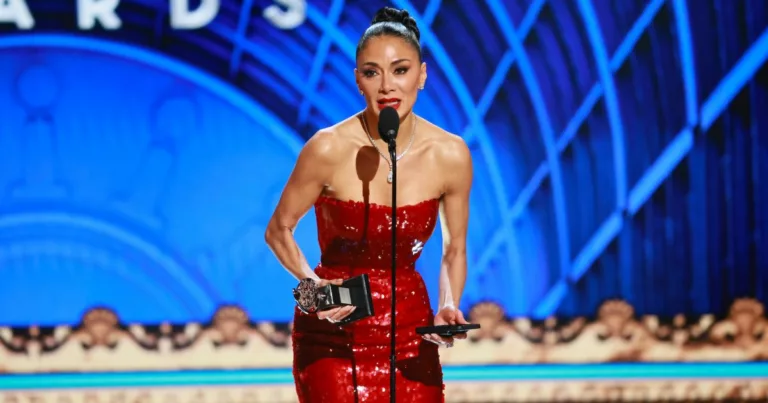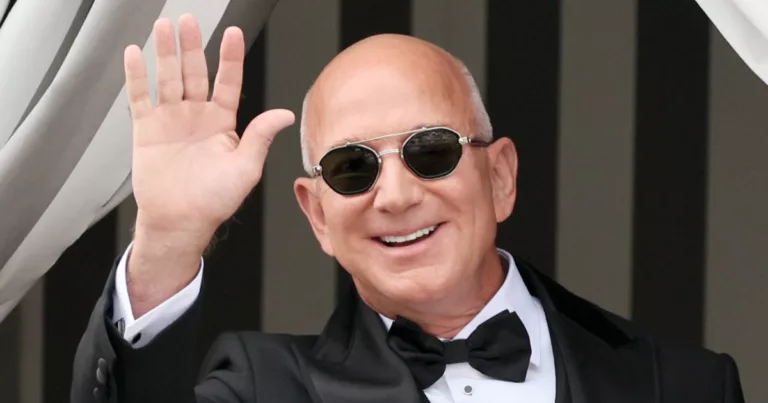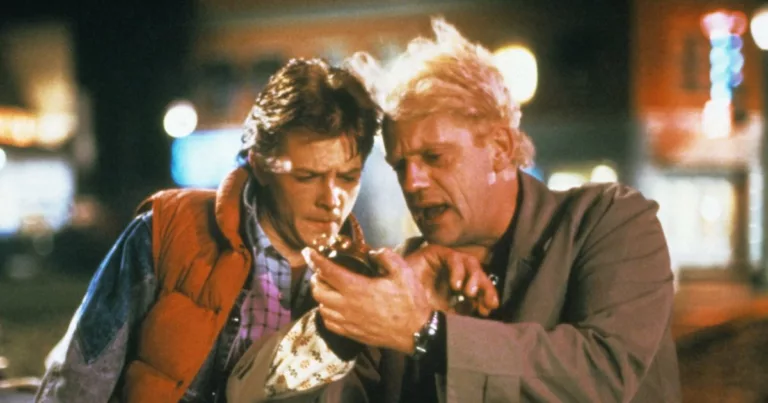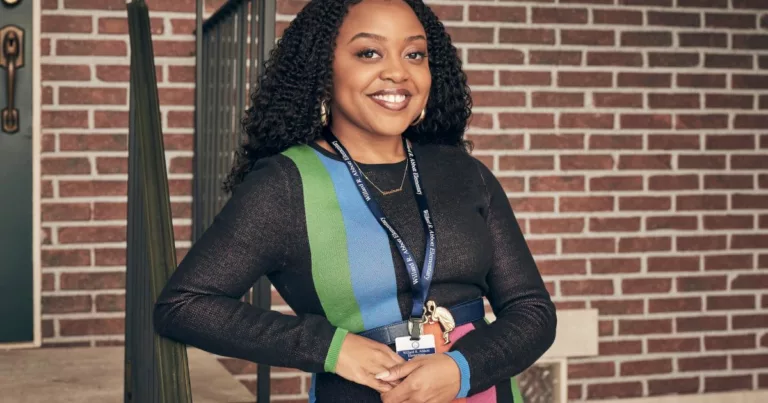Embracing Body Diversity Hollywoods Progress and Future Needs
In recent years, Hollywood has made strides toward normalizing body diversity, particularly through television. Shows like Lena Dunham’s Netflix rom-com “Too Much” are leading the charge, showcasing characters who defy traditional beauty standards. The protagonist, Jessica Salmon, played by Megan Stalter, embraces her curves and celebrates her body, reflecting a growing acceptance of diverse body types in mainstream media.
Megan Stalter’s character is a refreshing departure from the typical narratives surrounding body image. In a pivotal scene, a character reassures Jess, saying, “Hotties have curves, and you’ve got a big, beautiful ass.” This moment encapsulates a shift in how bodies are perceived on screen. Stalter herself has expressed pride in her body, stating, “I’m so lucky to love my fat ass.” Such sentiments challenge societal norms that have long dictated how women should feel about their bodies.
The conversation around body representation is not just about visibility; it’s also about the narratives that accompany those representations. As Tigress Osborn, executive director of the National Association to Advance Fat Acceptance, points out, while there has been an increase in body diversity on television, the progress is often overestimated. “We’re constantly being told that that’s enough,” Osborn notes, highlighting that just having a few fat characters does not equate to meaningful representation.
Lena Dunham’s work, particularly in “Somebody Somewhere,” emphasizes the importance of portraying characters as fully realized individuals rather than merely as their body size. The show features Bridget Everett as Sam, who is depicted as a complete human being, not just the “fat friend.” This approach allows for deeper storytelling, where body size is not the central focus of the character’s arc.
Despite these advancements, Osborn argues that representation still falls short of reflecting the true diversity of body sizes in society. While there are more protagonists and nuanced side characters, many still do not represent the full spectrum of body types. For instance, even characters labeled as “fat” in some shows often fall within a narrow range of body sizes that do not accurately reflect the population.
April Lockhart, a fashion influencer and disability advocate, echoes this sentiment. She emphasizes the need for more authentic representations of people with disabilities and diverse body types in media. Lockhart’s initiative, “Normalizing Disabled Fashion Girlies,” aims to showcase individuals with disabilities in everyday contexts, challenging the notion that they can only be seen in inspirational roles.
The body positivity movement has gained traction, with celebrities using their platforms to promote self-love and acceptance. Mindy Kaling, for example, has shared images of herself confidently wearing two-piece swimsuits, sending a powerful message about body acceptance. Yet, Lockhart points out the need for a shift in how disabilities are portrayed in media. Instead of being depicted as inspirational figures, individuals with disabilities should be seen as relatable people living their lives.
As the conversation around body diversity evolves, it’s crucial to recognize that representation should not only celebrate diverse bodies but also encompass their complexities. Characters should not be defined solely by their size or appearance; they should have rich, multifaceted stories that reflect the realities of living in a diverse world.
Moreover, the portrayal of body diversity must extend beyond the screen. As Osborn emphasizes, real-life challenges faced by individuals with diverse body types—such as discrimination in public spaces or healthcare—are rarely depicted in media narratives. To create authentic representation, these issues must also be addressed.
The impact of these portrayals can be profound. They can foster greater acceptance and understanding of diverse bodies, encouraging viewers to embrace their uniqueness. However, the industry must remain vigilant and committed to pushing for more substantial changes. While we celebrate the progress made, it’s essential to acknowledge that there is still much work to be done.
In “Too Much,” Jess’s journey is not solely about her body; it’s about her growth as a person. The show presents a world where body size is not a barrier to love and happiness, a narrative that resonates with many viewers. As Jess navigates her relationships and personal challenges, her size becomes a background detail rather than the focal point of her story.
This shift in storytelling is crucial. It paves the way for more characters who reflect the true diversity of society, reinforcing the idea that everyone deserves to see themselves represented on screen. As we move forward, the industry must prioritize inclusivity and authenticity, ensuring that all voices are heard and represented.
Ultimately, the goal is clear: to continue expanding the representation of body diversity in Hollywood. As audiences increasingly demand content that reflects their realities, the industry must respond by telling stories that resonate with a wider audience. By doing so, Hollywood can help foster a culture of acceptance and celebration of all bodies, encouraging viewers to love themselves just as they are.
In conclusion, while Hollywood has made commendable progress in normalizing body diversity, the journey is far from over. The industry must strive for deeper, more meaningful representation that reflects the complexities of real life. As we celebrate the strides made, let us also push for continued growth and inclusivity, ensuring that every body is seen, heard, and valued.

